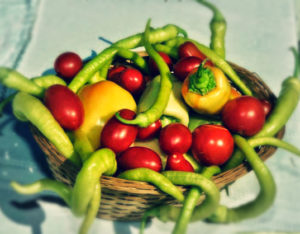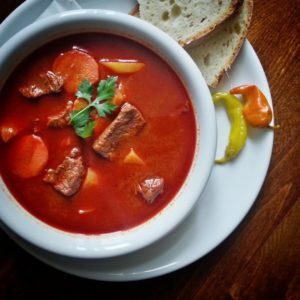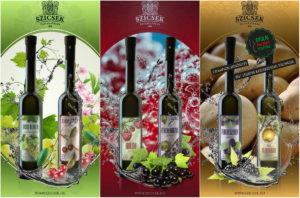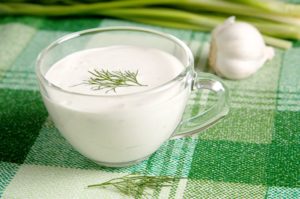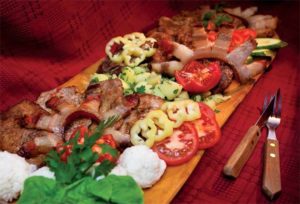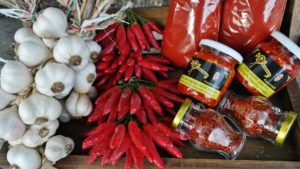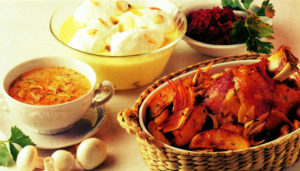Pork pörkölt
Seed and chop the bell peppers. Cut the tomato into 8 pieces. Sauté the onion in the oil, and remove from the heat. Add the peppers and the meat. Return to the heat and cook for a few minutes, stirring continuously. Season with salt, then add the paprika and pieces of tomato. Cover, and leave to cook in its own juices.
Replace any of the juices that evaporate with a little warm water if necessary. Garnish the cooked dish with the sliced bell pepper. Serve with dumplings or pasta pellets, a fresh salad, or preserved vegetables.
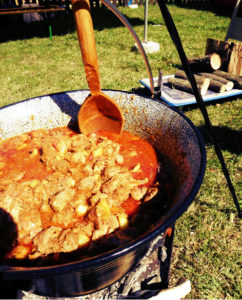
The speedy development and enduring popularity of these dishes is easy to understand when you remember that pork fat was used almost exclusively in Hungary in former times, and that its flavor is what makes the fat/onion combination so delicious. That said, there is no cause for concern among the more health-conscious of us — most delicacies lose nothing if vegetable oil is used instead, which the latest nutritional research shows is better for us.
Apart from pörkölt and paprikás, there is another member of the family of dishes that are seasoned with the “trinity” of oil, onions, and paprika, and it probably originated from Transylvania: tokány.
Pörkölt is always made from poultry, pork, beef, mutton, or venison, with fresh beef being the preferred choice. Paprikás is made with lean meat, such as veal, chicken, or rabbit; tokány is usually made with beef, mutton, or venison.
The difference is in the detail. For pörkölt, the meat is usually diced, and for tokány it is cut into short, thin strips. Pörkölt usually has more sauce than tokány. Despite its name, paprikás usually contains less paprika than pörkölt, and it is made with sour cream for extra finesse. Tokány is almost always made without paprika; instead, it contains other seasonings, such as black pepper and marjoram, which are never found in pörkölt and paprikás dishes. Details




